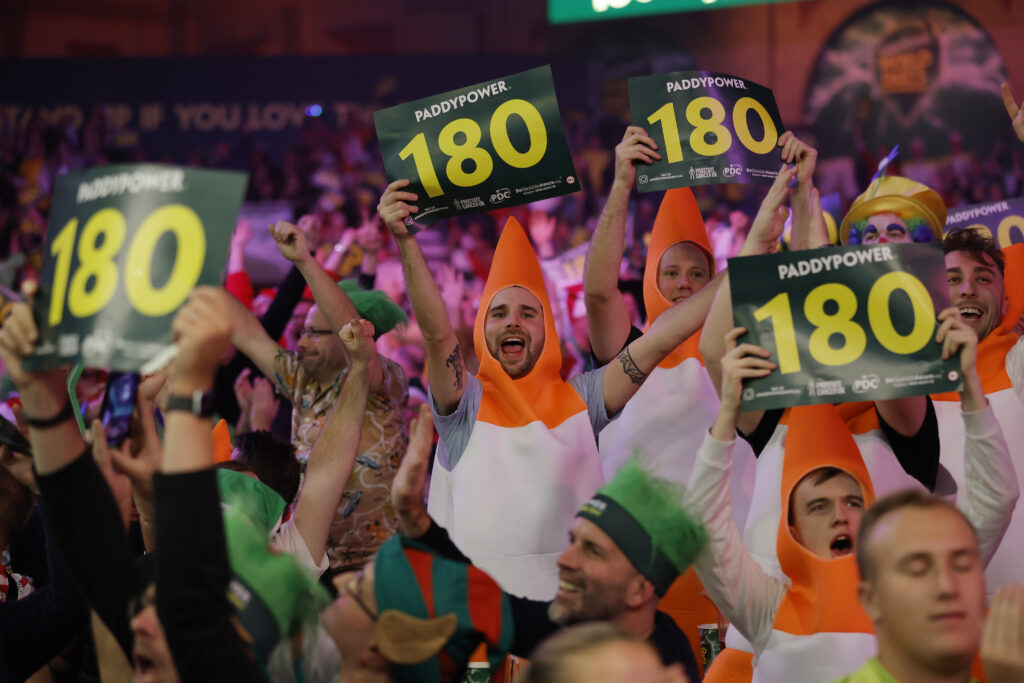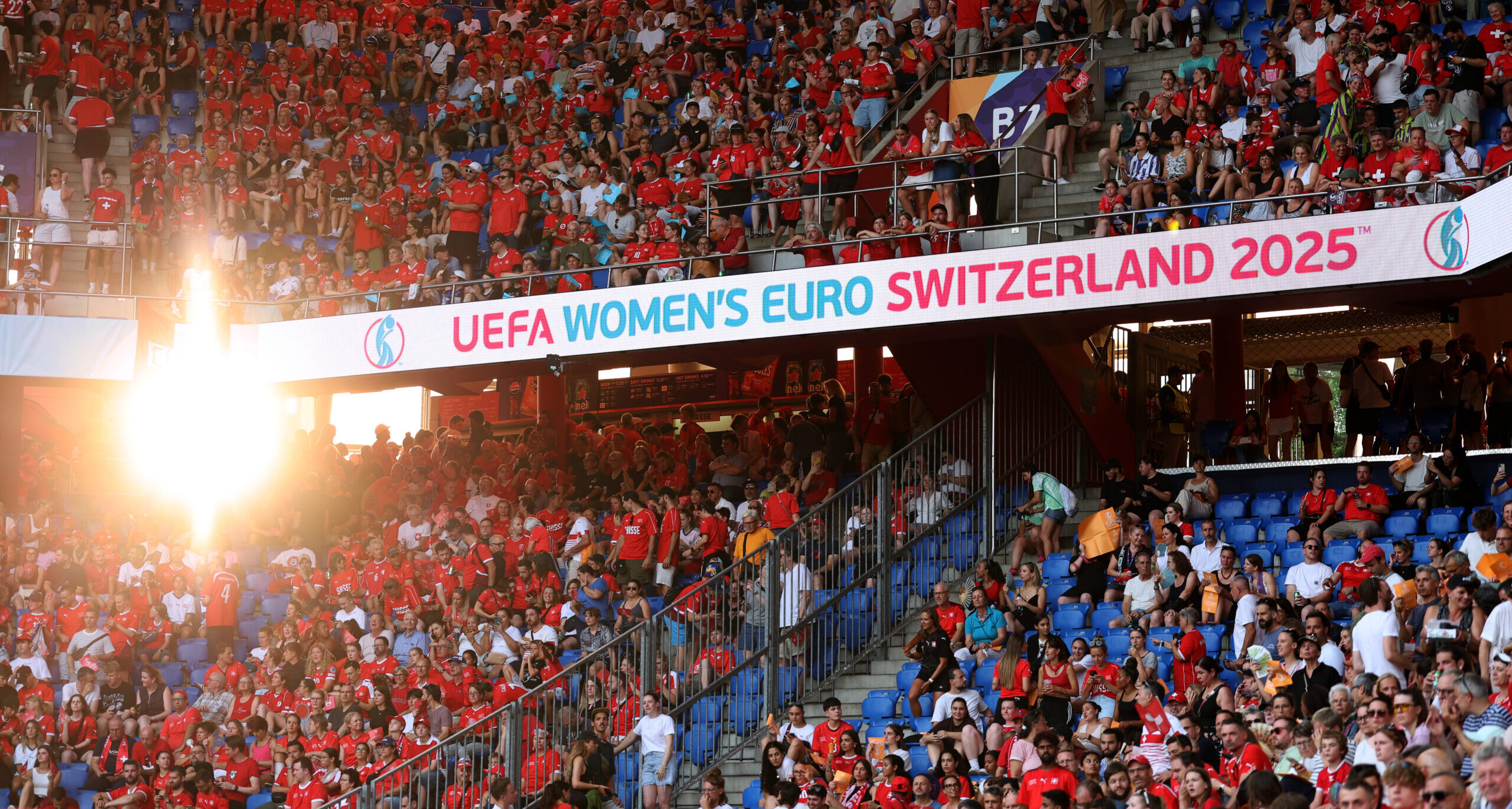How Supercell used Paris Saint-Germain sponsorship to accelerate global online awareness
- Supercell became a PSG sponsor in 2019
- The mobile-game developer has utilised the club’s world-famous IP to generate 50m+ organic views on YouTube
- Supercell integrated the sponsorship into their Brawl Stars title, outperforming other in-game campaigns
Fortnite, Call of Duty, Garena Free Fire. The world’s biggest gaming titles are leading a growing trend of investment in football sponsorship. Following their ‘Best Newcomer’ win at the ESA Awards, Manuel Langegger, European Marketing Manager at Supercell, speaks with SportQuake to discuss the mobile game developer’s sponsorship of PSG, their reasons for aligning with the French champions and the emphatic results they’ve seen.
SQ: Your partnership with PSG is Supercell’s first investment in football sponsorship. Why was now the right time to invest?
Manuel Langegger: Ultimately, the timing was right, with the opportunity arising during a period of strategic innovation. When we released Brawls Stars in 2017, we used a TV campaign across western Europe to promote the title at launch, but it didn’t have the impact we wanted. We analysed the costs of running traditional media campaigns and the results they achieved and considered what else we could be doing for a similar cost. Around this time we started speaking with PSG and soon learnt that for a similar level of investment to a TV ad campaign, we could get access to high-calibre, world famous players and do something really cool. The idea of influencer marketing became a very relevant topic for us at this point and we realised that by partnering with a club of PSG’s stature, we could leverage the individual followings of their players. For example, Neymar is one of the most followed people on the planet.
SQ: You mentioned the world leading players and IP that PSG have. What were the other key reasons why you identified PSG as the ideal partner?
Langegger: On a macro level, football is the biggest sport in the world. One thing many people don’t realise is that the Champions League reach dwarfs the Super Bowl considerably. We’d also run Super Bowl commercials, but if you compare them to the reach you could get in the Champions League final, it’s not even close. So it made sense to invest in football and, in particular, a team playing in the Champions League.
In addition to this, football brands are evolving beyond traditional parameters. No one epitomises this better than PSG, who have been the fastest growing football brand over the last 10 years. They’ve carved a really unique image for themselves and we were impressed with how they’ve moved beyond football to become an iconic lifestyle brand, thanks to innovative collaborations with the likes of Jordan. We thought this would be advantageous to us, opening the door to audience outside of football. They also already had an esports team who were competing in some Supercell games, for example Clash Royale, so they had a good understanding of our industry and esports in general. Due to this, there was also a very good overlap with PSG’s audience, who really enjoyed gaming as well.
The use of player IP was also very important to us. We wanted to partner with a team who offered IP that was relevant in several markets and PSG’s squad fit this criteria. They had around 10 or 11 different nationalities from around the world, including our key markets. They also shared a number of values with us, such as taking bold risks.

SQ: What were the main marketing objectives that you wanted to achieve through the partnership?
Langegger: Put simply, we wanted to innovate and learn as much as possible, while driving growth for our games. This was our first football partnership and we really wanted to use it to test the waters to help us improve future collaboration and to get a sense of where we could find the most value.
One thing we wanted to assess was how our player communities would react to adding something that wasn’t specifically game-related into the game – our main focus is always on making sure that the player experience comes first, so this was a key consideration. With this in mind, one challenge we faced was that we didn’t have any football games in our portfolio. We did, however, have a ‘Brawl Ball’ mode in Brawl Stars which felt like an area in which we could most naturally integrate the partnership, so that’s the angle we took.
In terms of marketing objectives, it was to utilise individual player IP to target regional markets. We would cast our player selection based on markets that had most relevance to us. For example, we had Julian Draxler to appeal to our German market, Neymar for Brazil and Kylian Mbappe for France. We then used these players to run user acquisition campaigns in their respective regions, allowing us to tap into an audience beyond that which we would reach with a traditional gaming influencer.
Our final objective was to see some financial return on investment that we would normally see from traditional media, with the thinking that this type of activation would have a bigger impact than a TV ad campaign.
SQ: You’re now into the second year of the partnership. As your first venture in football sponsorship, what has been your biggest learnings?
Langegger: One key learning was the need to tie in the launch of any content we release with moments of organically high visibility in our partner’s season. In the case of PSG, this was the Champions League. After the first activation, we saw spikes in engagement every few weeks and we soon realised this was centred around Champions League matches – either fans searching for PSG related news pre-game, or match highlights after each match.
We tied the second activation and content release to the quarter-finals of the Champions League and this helped us to get a huge organic boost. To put it into perspective, since release, we’ve received 330 million organic impressions on YouTube. This is ongoing, we still get around 100,000 views a day, almost a year after releasing our content. We see a huge spike every time there is high-profile PSG news. It helps us to keep accruing views on the content we’ve released. For other brands in football, their partner’s high-profile events may differ, but it’s an important consideration for any partnership.
SQ: And what is one piece of advice you would give to others who may be interested in making a similar investment?
Langegger: In terms of creating content, I’d say it’s important to remember that players aren’t actors. We found it necessary to adjust ideas and creative to ensure players were comfortable in order to get the best responses from them. Now, as creatives, we think deeply to develop ideas that will suit each player we work with, thinking about what could work with each specific player in mind.
Another important point in terms of creating content is that with a football partnership, you have to cater to different audience segments than you usually wouldn’t. You have the hardcore gaming community, but there’s also the casual gaming audience, your partner’s audience (PSG fans in our case), general football fans, fans of specific players like Neymar, then you have people who love the music in our games. You need to think about what content will resonate with each segment. As an example, for fans of specific players, we added elements from different countries – in-game easter eggs that would resonate with particular nationalities, because we knew fans of Di Maria would be likely to also love seeing an Argentinian flag hanging in the background of the game. This approach helped us to reach as many people as possible and it’s an area I’d advise other people to really think about.
SportQuake’s interview with Manuel is part of a wider insights series where we speak with some of the world’s leading marketing professionals about their investment in football sponsorship. To find out more get in touch with the team.

